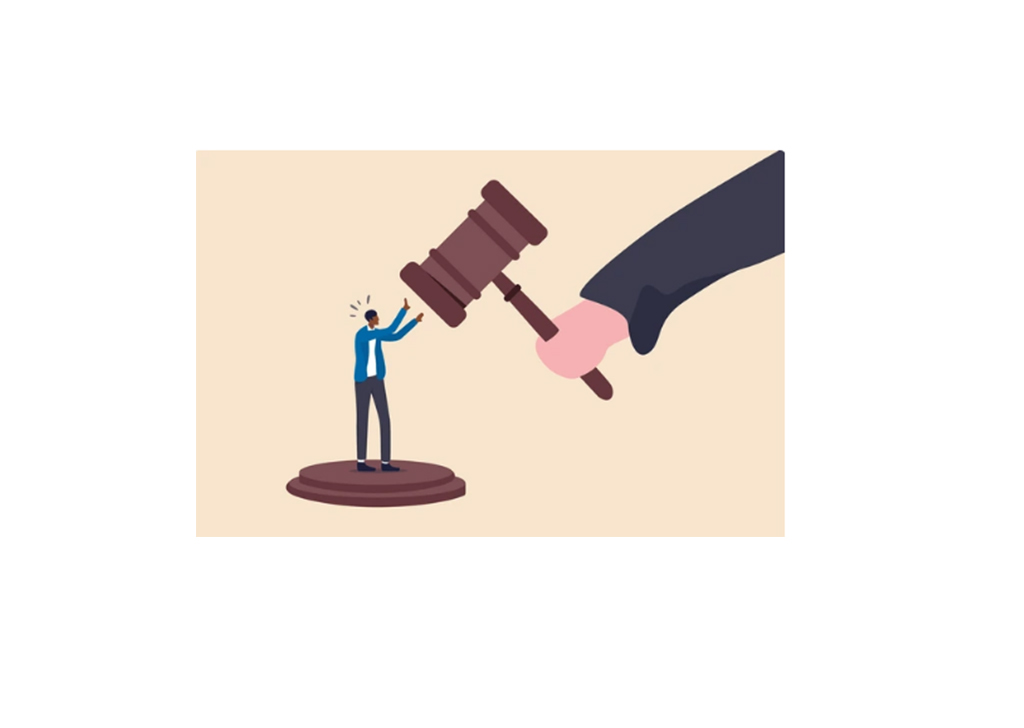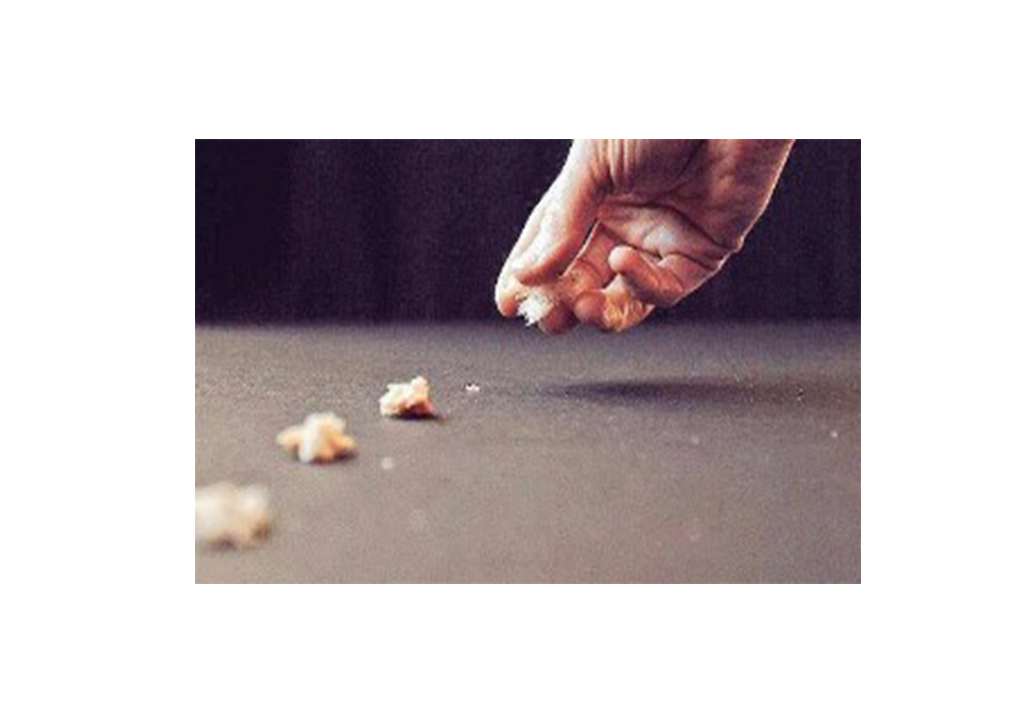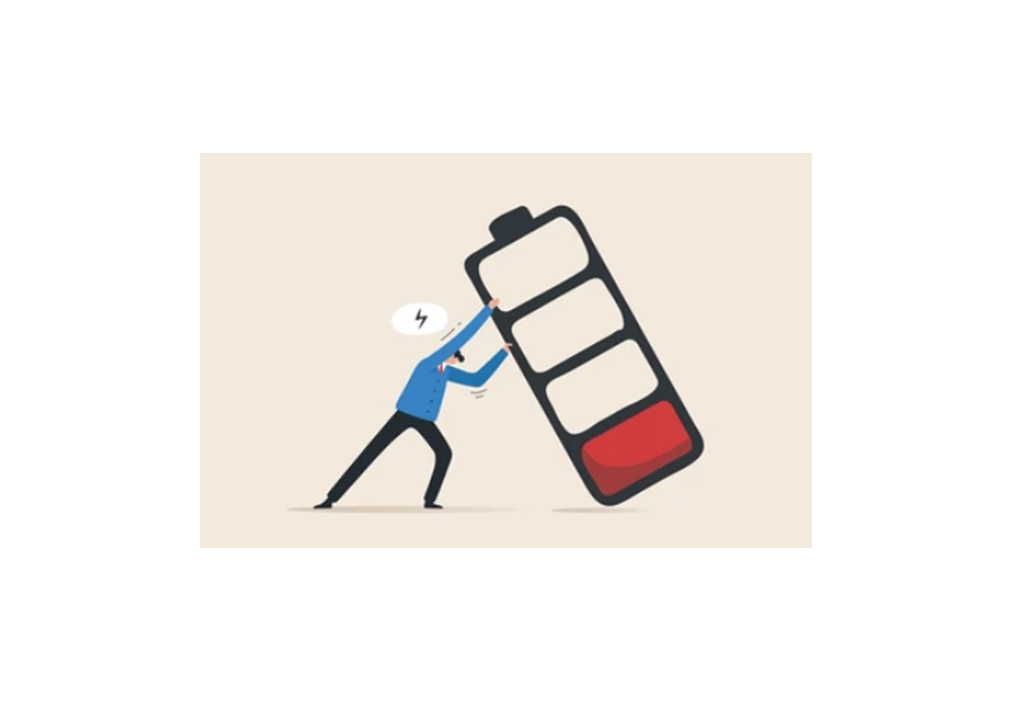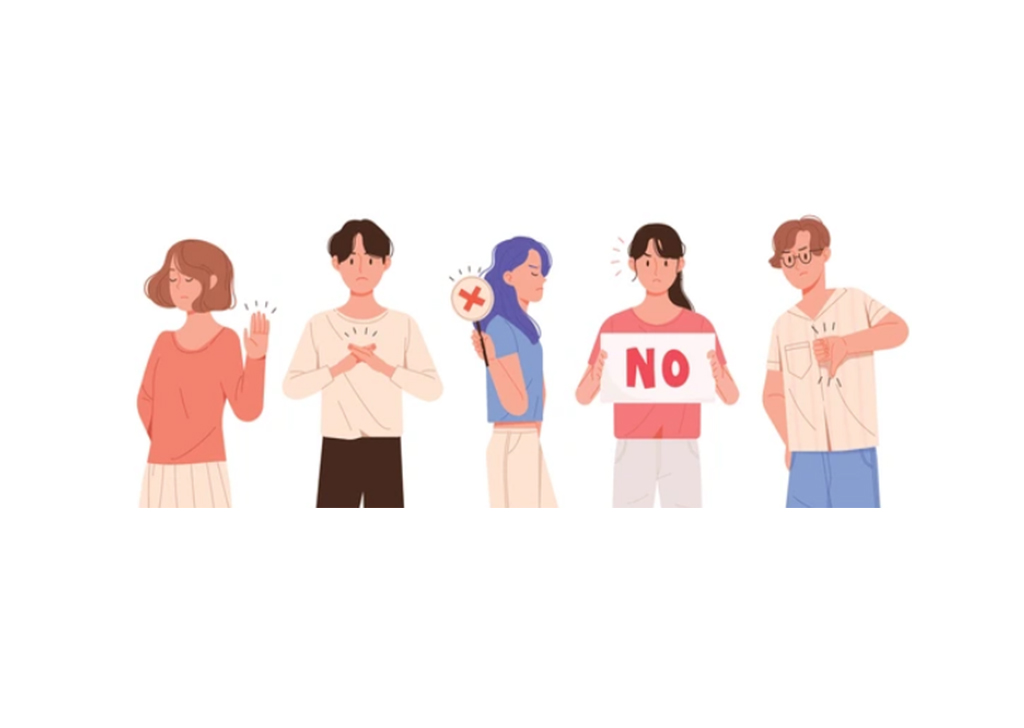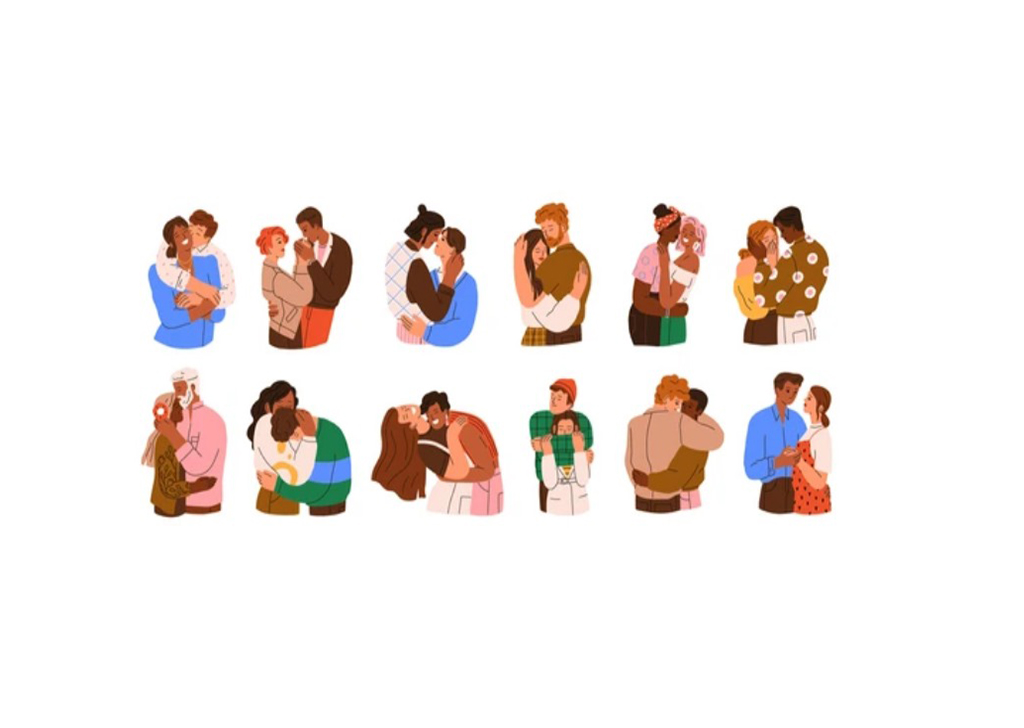What is prejudice?
Prejudice means developing or carrying a value judgment about someone or something without having enough information about it. The root of prejudice comes from "unknown". Prejudices affect belief, behavior and emotion all at once, i.e. they are an attitude.
Imagine yourself in an unfamiliar social group, you will probably feel the need to stereotype people based on their body language, facial expressions, tone of voice or the topics they talk about. You will perceive those who smile a lot as more friendly and those with a relatively calm face as cold and reserved. If you want to communicate, you will gravitate towards people who smile more. All of these behaviors and thoughts are actually prejudice.
No matter how "useless, harmful" it may seem in terms of word and meaning, prejudices are sometimes decisive for the balances in life. For example, the first impression in a job interview or the first date for dating contains many decision-making prejudices. In job interviews, our body language, facial expressions and the way we express ourselves carry great clues for the employer. It is this first impression that decides whether we have the right social skills for the job we are looking for.
What is a Stereotype?
Stereotypes are all negative beliefs that constitute prejudice. We can give an example of stereotypes with the most popular generalization, "Men do not cry." Sentences such as "Old people are ignorant about technology." make our stereotypes and prejudices visible.
With this stereotyping, we generalize people with general stereotypes such as "Aries people are irritable", "Sagittarius people love to travel", "Capricorn people are workaholics". Most people direct their romantic relationships with these generalizations. However, it has not been proven that people's characteristics have anything to do with their date of birth.
By nature, humans tend to categorize information in order to process and use it. Categorization leads to generalization. We can categorize every four-legged and tailed creature we see by calling it a "cat". As such generalizations multiply, we carry many situations about social life, nature and human relations in our minds with stereotypes.
As these stereotypes increase and deepen, the doors to prejudices are opened. The in-group and out-group components that we encounter in the evolutionary process of human beings and in social psychology can also create a suitable ground for these stereotypes. People can make definitions between the group they feel they belong to and the "other". These definitions of the "unknown" are the areas where stereotypes and prejudice are nurtured.
In daily life, we consciously or unconsciously act according to many prejudices. When these behaviors become aggressive, discrimination occurs. Our judgments, stereotypes and generalizations are part of life, but when they become dysfunctional, they can cause harm to ourselves and our environment.
What is the Origin of Prejudice?
According to researchers, prejudice is a product of human nature. Spitz states that the fear of strangers, which is observed between the 6th and 8th months of life, is the first prejudice that humans experience.
Let's go back much further together. Certain stereotypes were formed during the hunter-gatherer periods of humanity. At that time, people had to develop certain prejudices in order to determine which creatures/objects were good or useful and which were bad or useless. With the transition to settled life, this need developed between in-groups and out-groups. These tiny structures, in which people felt they belonged and grouped those who were not themselves, also led to some social prejudices.
We can characterize the negative belief branch of prejudice as stereotypes and the negative behavior branch as discrimination. Prejudices do not always require action, but discrimination is directly related to behavior. The most well-known discriminatory behaviors are discrimination based on gender, race, religion and status.
We can say that the most obvious evolutionary traces of gender discrimination can be traced back to the Stone Age when people lived in caves, with women taking care of the young in the cave and men hunting.
On the other hand, prejudice does not only include negative thoughts, some positive stereotypes can also be prejudice. For example, having infinite trust in someone who is a doctor even in an unprofessional situation. Moreover, prejudices do not always lead to useless or bad results. It may be in our best interest to stay away from people with a harmful stereotype who seem uncanny from the outside.
Prejudices sometimes manifest themselves in unconscious ways that we may not even realize ourselves. We can call these implicit prejudices. An example of implicit prejudices is that the color black connotes dirt and evil and the color white connotes goodness and purity. These prejudices are quite durable but not impossible to change.
How Can We Avoid Prejudice?
The most important trait we need to have to reduce our prejudices is insight and awareness. Identifying which prejudices we have by monitoring ourselves and working with the thoughts that underlie the prejudices can offer much more effective solutions.
If we realize that we are prejudiced against someone because of their social status, looking at what that status means to us or whether we have specific memories of it can be an important step towards a solution.
Just as every concept or phenomenon in life has two sides, prejudices have good and bad sides. It is very difficult to exist as a person without prejudice. There is no need for such a thing. Some of our prejudices can be functional and work for the greater good. The most important point here is to get rid of our dysfunctional prejudices as much as possible and develop the ability to see things as they really are.
Hashtags
prejudice thought awareness positive thinking therapy individual therapy psychology online therapy value judgment behavior emotion beliefs
Categories
Actual Other
